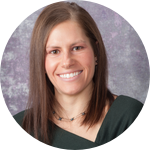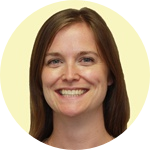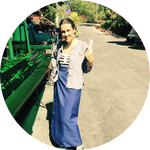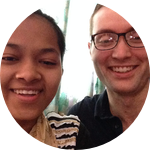About This Project
Respiratory Distress is a treatable disease which kills hundreds of thousands of babies every year. Most of these babies are in poor countries where resources are scarce. I want to study the treatments that were given to babies in a hospital in Bangladesh, to hopefully find out what works in this environment, and what is the most cost-effective way to treat these babies.
Ask the Scientists
Join The DiscussionWhat is the context of this research?
Each year, fifteen million babies are born prematurely, about two-thirds of whom in middle and low income countries1. The leading cause of death in these babies is a disease called Respiratory Distress Syndrome, which is caused by immaturity in lung function2. Through technological advances like mechanical ventilators, CPAP machines, and Surfactant medication, the mortality rate from this disease has dropped dramatically in wealthy nations; however, in poor countries, about half of these babies will die. The major reasons for this discrepancy are poor resource availability and allocation in places where they are most needed4,5.
What is the significance of this project?
Previous research has focused on the introduction of new methods of treating Respiratory Distress into resource-poor settings, or the natural progression of this disease in such settings6,7,8. The following study seeks instead to identify practice patterns in the care of babies in the developing world, relating specific treatments to neonatal survival. By understanding which babies received which treatments and why, we hope to better understand the best ways to treat them in the future. This is especially important in places like Bangladesh, where there are severe limits on health resources, and hard choices must be made in terms of what treatments will be made available to those in need
What are the goals of the project?
Our project is designed to review the records of approximately 100 babies diagnosed with respiratory distress syndrome in a hospital in Bangladesh, and to determine which treatments they received. We will then compare survivorship between babies who received different combinations of treatments. We will also be looking at other conditions the babies might have developed, such as pneumonia or sepsis, and comparing between groups. Our goal is to determine which treatments are the most effective, and should therefore be supported by government funds, charitable giving, etc. Our findings will be shared by journal publication, conference presentation, and through direct meetings with local medical authorities.
Budget
We have hired a research assistant in Bangladesh, Sohan Rahman, to assist us in organizing data. In addition, Kamal Choudhury, our local research partner in Bangladesh, has enlisted three of his junior physicians in Bangladesh to assist in data collection. The budget will go towards paying a small stipend to Sohan for his work, and to the junior physicians who will be assisting us. None of the researchers leading the work (Drs. Hubbard, Lim, Choudhury, and Mahmood) will be paid for their work.
Endorsed by
Meet the Team
Affiliates
Team Bio
The team consists of four physicians from different backgrounds, and one research assistant.
The US team, based in Pittsburgh, includes Richard Hubbard, a resident anesthesiologist with special interest in pediatric anesthesia, Burhan Mahmood, a neonatologist, and Grace Lim, an obstetric anesthesiologist.
In Bangladesh, the primary research partner is Dr. Kamal Choudhury, a pediatric surgeon. Sohan Rahman is our research assistant, who helps to gather and organize data.
Richard Hubbard
In college, I got the chance to visit Bangladesh as part of a summer research trip. I fell in love with the people of this country, especially the kids. Inspired by the poverty of street children, I helped to start a small charity to help. In the meantime, I went to medical school and became a physician. Now I am interested in researching the best ways to help babies in Bangladesh who develop breathing problems. Basically, we want to find the best ways to help these babies survive in an environment where resources are scarce.
Lab Notes
Nothing posted yet.
Additional Information
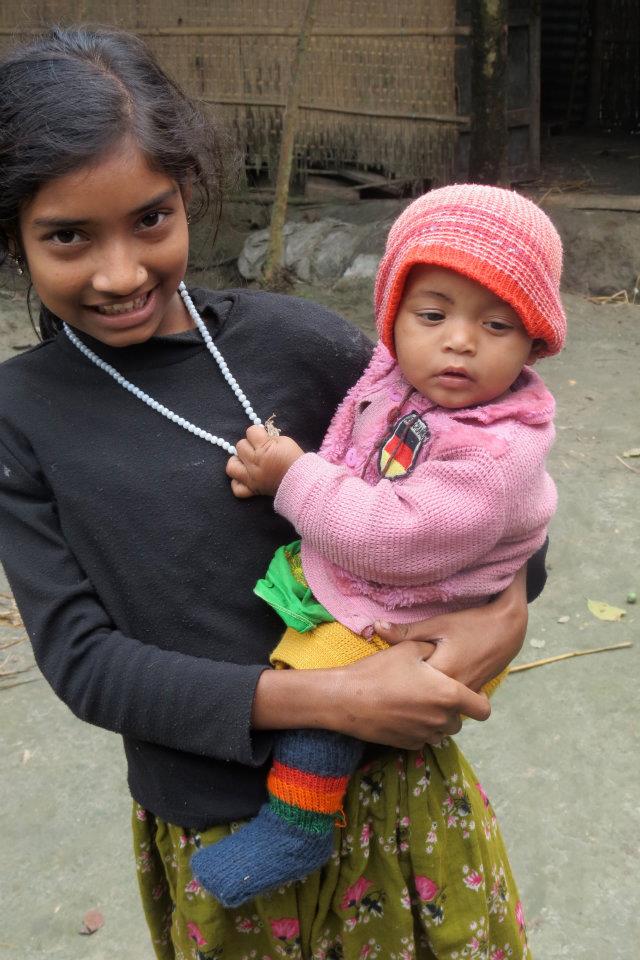
Project Backers
- 6Backers
- 100%Funded
- $650Total Donations
- $108.33Average Donation
